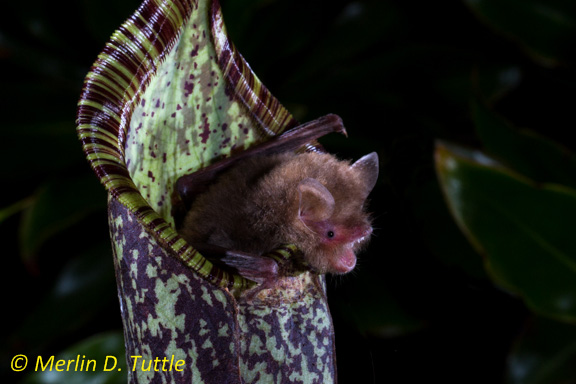
Carnivorous plants aren't always scary: some form mutually beneficial symbiotic relationships with animals. The Fanged Pitcher-Plant from Borneo, Nepenthes bicalcarata (yes it actually has fangs), provides a home for carpenter ants, Camponotus schmitzi. And another species, Nepenthes hemsleyana, "communicates" with bats to encourage them to roost inside it, then feeds off their poop.
Kathleen Garland, from the Weisbecker Lab at the University of Queensland, has been measuring bandicoot forelimbs, which are more diverse than those of other marsupial species. She explains how this supports the theory that marsupial forelimbs evolved to help them climb into their mother's pouch, because bandicoots are the exception to the rule.
We also give a shoutout to Heteropoda davidbowie and Wunderpus photogenicus as we look at some odd species names. This includes those named to insult people and tautonyms, i.e. those with repeated genus and species names (e.g. Rattus rattus, Bison bison and Gorilla gorilla gorilla), which is similar to the linguistic phenomenon of contrastive focus reduplication, as described in the famous Salad-salad paper ("It's tuna salad, not SALAD-salad").
Chris Lassig, Stuart Burns, Claire Farrugia and Linden Ashcroft.